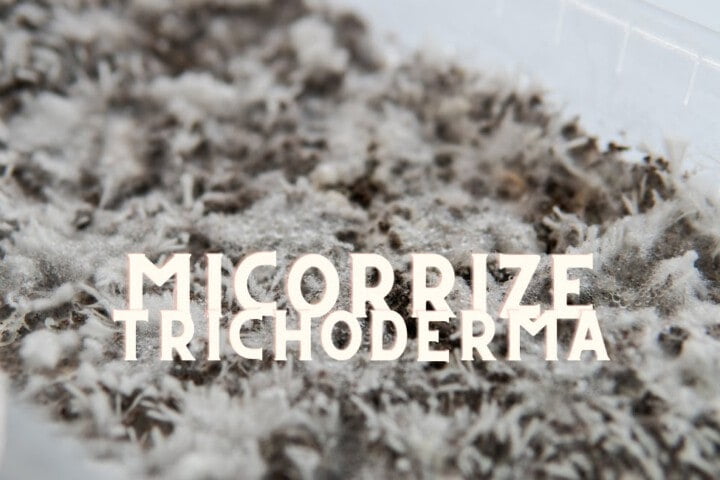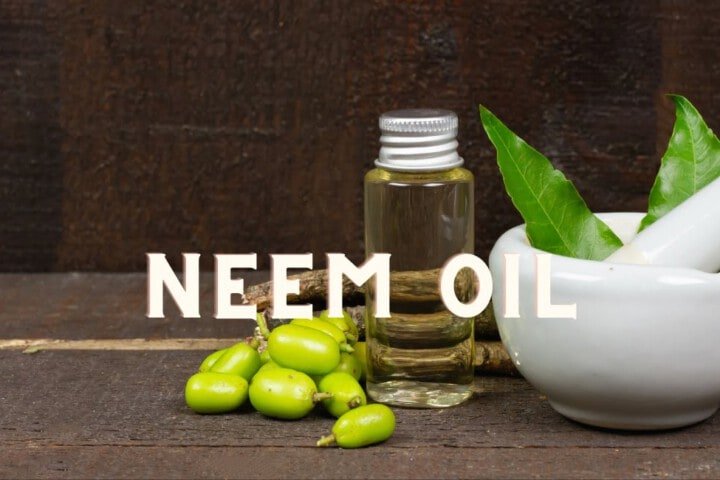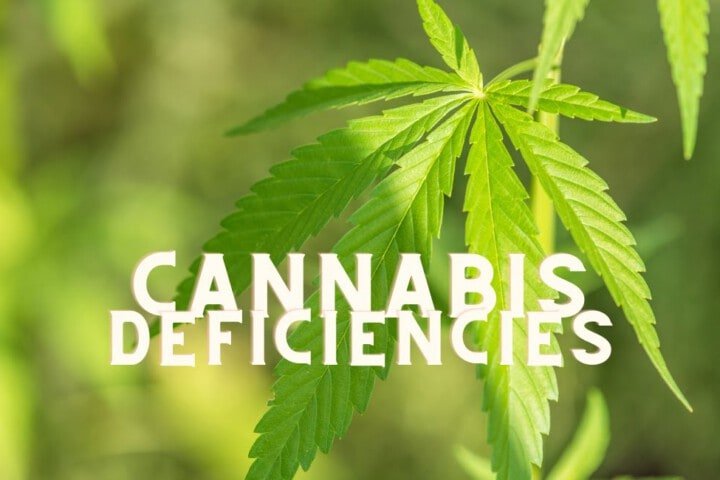The last stage of flowering in Cannabis plant
And here we are at a new cultural and educational event on the last stage of Cannabis flowering! As we saw in the lasts articles about vegetative stage of Cannabis plant, and first stage of cannabis flowering, the bloom should be broken down into two distinct phases. This is because the environmental parameters and the nourishment that the cannabis plant requires changes with its own development. Today we will therefore go into this important milestone: the last stage of cannabis flowering!
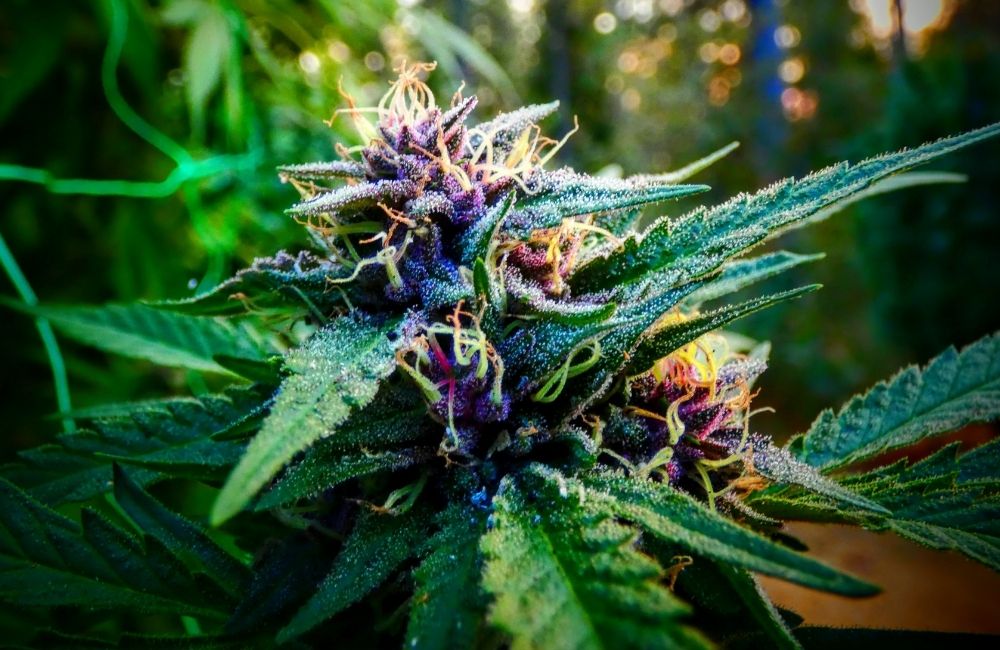
The last stage of Cannabis flowering
If you have come to have small inflorescences that are slowly taking shape and smell, you will now have most of the plant’s development behind you. But be careful, this does not mean that you can lower the threshold of attention and relax, there is still a lot of work to do!
In fact, in order to produce excellent Marijuana flowers, in addition to the important genetic factor of the seeds, you will have to work hard and study as much. It will be important to arrive at this point in the development of the plant with the conditions that need them very clearly in mind, as respecting them will reward you in quantity and, above all, in quality!
In this last phase it will be necessary to arm yourself with a lot of patience because, as the days go by, the shape and smell of the peaks will be more and more inviting. Knowing how to wait to harvest until the last moment can make the difference between having few flowers (with low active ingredient and little flavor), or having an enviable harvest (with strong effects and unique flavors) that will act as a personal supply for the whole year!

How long does the last cannabis flowering stage
We could say that, generally, the final flowering phase begins around the 4th-6th week of flowering, again depending on the genetics. You will notice this from several factors, more evident or not, including the swelling of the tops and the first red pistils.
The last phase of cannabis flowering can last from 3-4 weeks to the last 7-9 for the more Sativa genetics. At this stage the plants will no longer grow in height (except very little for Sativa specimens). This comes from the fact that the plant will be completely focused on developing flowers, and trichomes in function to protect it. Root development will never stop completely, but it will suffer a drastic decline.
Giving less light at this stage will take you a few days ahead of a 12/12 cycle. As you may have read in our previous articles, this will also result in a smaller final amount of flowers. You will have to consider whether to sacrifice a few grams of weed to save a few days of time (and the bill).

Nutrition and environmental parameters
This is a delicate and particular phase for the development of Cannabis and its nutritional needs. In fact, if until before the plant needed a good dose of nitrogen, now it will not have any more. On the contrary, it will need Phosphorus and Potassium in high doses, easily administered by choosing a classic PK 12-13
The plant will be able to take its nitrogen resources directly from the leaves (with the necessary yellowing, and final fall). This is because nitrogen residues release cancerous cells when present during combustion. In addition to this important factor that should not be underestimated, a nitrogen-rich weed will burn male and taste bad!
The solution will then be an adequate Flush (washing of the substrate) with only demineralized water. You can purchase this type of water at any hardware store and garden store. If you don’t want to spend money or have a garden, the advice is to channel rainwater, which is excellent for Flushing. The pH must be 5.8-6.2, the EC obviously around 0 (or less possible).
The environmental parameters of this phase are lower values than in the first flowering phase. This is because the buds will start to get compact and heavy, the resin will seem to be dripping all over the place. They will therefore be 16 ° C at night and 23 ° C during the day, with a relative humidity of maximum 45% (preferably 35%).

Cannabis harvest
With your mouth watering you may already be wondering: “ok, but when will I be able to collect my buds?”. The answer is in the pistils of cannabis. Or rather, it is in the exact color of the trichomes (resin glands which, if collected clean, form the Hashish) that identifies their chemical composition, being the active ingredients inside these microscopic natural capsules. However, if you do not have a pocket microscope, you will have to refer to the color of the pistils.
When viewed closely, the trichomes will initially have a transparent appearance. As the cannabis plant approaches the end of flowering, the trichomes will increasingly take on a dull and milky appearance. A plant harvested with 90% opaque trichomes will result in high amounts of THCA (Acid THC) and relatively low amounts of other cannabinoids (depending on genetics). When the peak moment of THCA is exceeded, it will degrade into CBDA (CBD Acid), with amber brown trichomes and red-brown pistils.
We personally do not recommend harvesting before at least 90% of the trichomes have become opaque. For the pistils, at least 70% must have changed color or have fallen off. This is because in addition to the various cannabinoids there are essential oils and terpenes, responsible for the characteristic aroma. Find more here about Cannabis harvest!

Tips and Considerations for the Last Stage of Cannabis Flowering
In summary, the final part of the cannabis flowering is decisive moment to continue to meticulously respect the growth parameters. You’ll finish the great job, securing the precious supply of excellent Marijuana throughout the year!
Studies have been carried out on how the production of trichomes, fundamental protagonists of active ingredients and terpenes, takes place. Scientists have found that the cannabis plant, when subjected to various stresses, can react by increasing the trichomes. In this case, they are useful as a defense system of the plant from insects and harmful animals. Massive defoliation in recent weeks could therefore prove useful.
If you want a plant with a thick layer of trichomes, the genetic quality will do almost everything. Our Lemongrass F1 is an example of how genes are essential in resin production. The White Widow is memorable, so called in the 90s for the thick layer of white resin. Now is present in any Dutch coffee shop and which has become a cult of today.
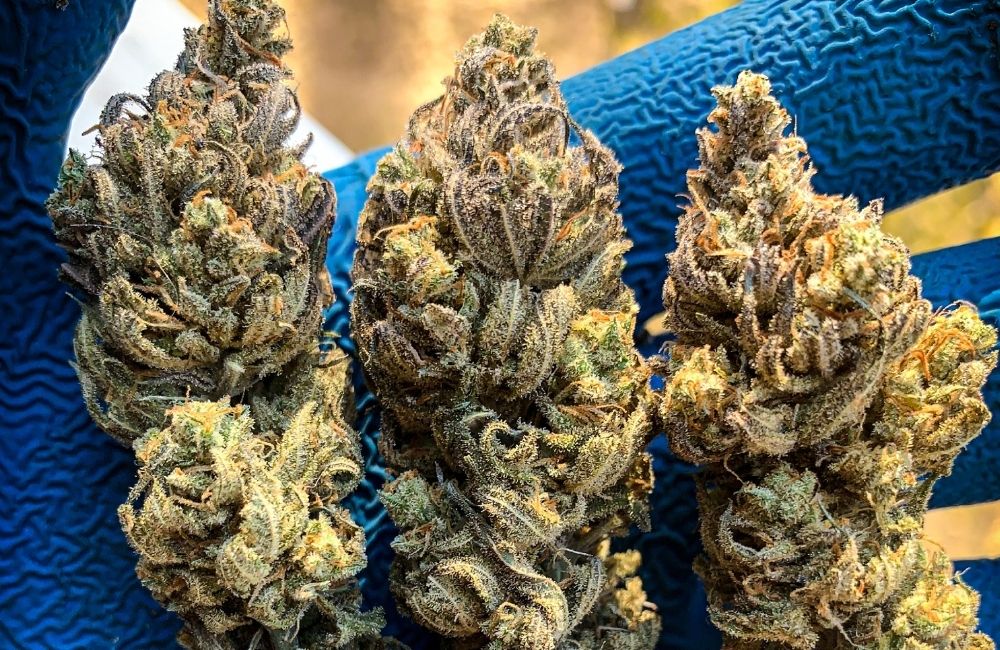
And that’s it for today, stay tuned for our next articles about Cannabis harvest & Cannabis drying and cure process!
Greetings from Annibale Seedshop Team!
Davide, CEO, Founder & Geneticist



